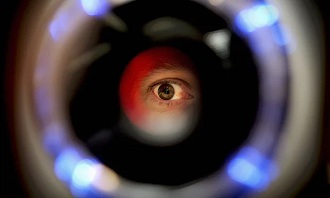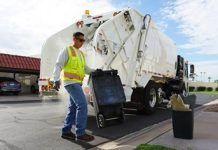A radical overhaul of security at Australia’s international airports is the first step towards the government’s goal of automating 90% of air traveller processing by 2020. The Department of Immigration and Border Protection will start moving towards a “contactless” system for arrivals this year, Fairfax has reported – the most ambitious stage of the Seamless Traveller initiative announced in 2015. Incoming paper passenger cards would be abolished and manned stations would be replaced by electronic stations and automatic triage.
Under the new system, the existing SmartGates that scan passports electronically – introduced less than 10 years ago – would be retired. A spokeswoman said automated processing technology provided a simpler process for travellers and enabled the Australian Border Force to meet the challenges of increasing traveller numbers “while maintaining the security of our border”. John Coyne, head of border security at the Australian Strategic Policy Institute, told Fairfax the system could be a world-first.
The intention was to streamline the arrivals process so that international passengers could “literally just walk out like at a domestic airport” using biometric technology. “Our ability to harness the power of big data is increasing exponentially,” he told Fairfax. The government aims to have 90% of travellers processed automatically, without human involvement, by 2019-20. But how that will be executed remains to be seen.
“The department is asking tenderers to provide innovative solutions to allow arriving travellers to self-process,” a spokeswoman for immigration said in a statement. “The department has not therefore defined the specific solution or how it will differ from existing arrivals or departures SmartGates.” Fairfax reported the department wants to trial the technology in July at Canberra airport, which handles limited flights to New Zealand and Singapore, before introducing it at a major airport in November. The rollout would be complete by March 2019.








